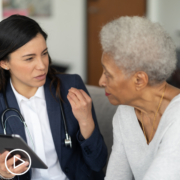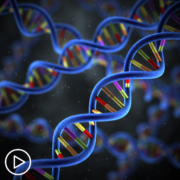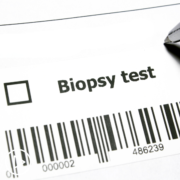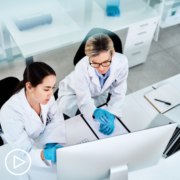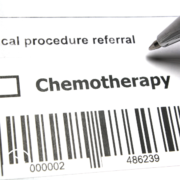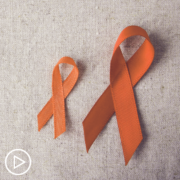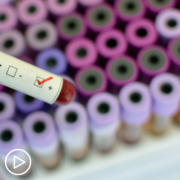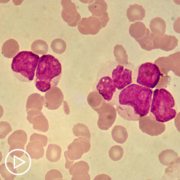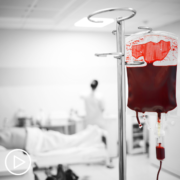Black and Latinx AML Patients | The Impact of Cultural Beliefs
Black and Latinx AML Patients | The Impact of Cultural Beliefs from Patient Empowerment Network on Vimeo.
What impact can cultural beliefs have for Black, Latinx, and other AML patients? Expert Dr. Sara Taveras Alam from UTHealth Houston explains how experiences, cultural beliefs, and religious beliefs can impact AML care and patient advice to help inform your care provider about your viewpoint.
[ACT]IVATION Tip
“…voice your beliefs, so that your providers are aware of your goals and the barriers to care possibly and inform you better on how we can accommodate for your beliefs and improve upon the expectation that you may have from the healthcare system from previous experiences.”
Download Resource Guide | Descargar guía de recursos
Related Resources:
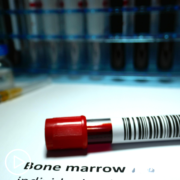
|

How Do AML Patients and Outcomes Differ by Population Groups? |

|
Transcript:
Lisa Hatfield:
Dr. Taveras, what impact do cultural beliefs and practices surrounding illness and treatment-seeking behaviors have on delays in AML diagnosis and disparities and treatment adherence within the Black and Latinx communities?
Dr. Sara Taveras Alam:
Thanks for this question. The experience that the patients may have had previously with the medical system, or that their family members or friends may have had previously with the medical system may impact their initial care. It may be initially that patients, of course, don’t know that this is what’s going on, and they think that they have some flu or viral infection, or does not know the severity of the situation, and especially if the personal or family experience with health care has not been positive, this may cause delays in presenting to tuition and obtaining a diagnosis. Unfortunately, we know that Black patients tend to be diagnosed with AML at an earlier age, and we know that they might not respond to treatment as well as their non-Hispanic white counterparts.
So it’s important to know this because young patients may not really foresee that they may be ill in this way and not seek care promptly. So with AML, the time to care is not necessarily going to cost progression of disease, but the patient may have complications from their disease by the time that we make the diagnosis and that can make things a little bit more challenging. Unfortunately also, Black and Latin communities can face higher complication rates from treatment, and that is something that we have seen in several clinical trials.
In the specific situation of Latin communities and well not only Latin communities, but other patients with strong religious beliefs and for Jehovah’s Witnesses specifically, this is a very challenging disease because patients who are Jehovah’s Witnesses do not accept transfusions and unfortunately we know that if the patients with acute myeloid leukemia are unable to be treated appropriately without transfusion. They may need transfusions because of their illness, and we know that with chemotherapy, unfortunately, the hemoglobin could get worse before they get better.
So it’s almost a guarantee that even if a patient with AML does not need a diagnosis, does not need a transfusion at presentation, it’s almost guaranteed that they will need a transfusion at some point during the course of their treatment. So this makes it very challenging for patients who have that religious belief and may require involving their religious leader and can cause a lot of conflict within their family members, unfortunately.
My activation tip for this question is to voice your beliefs, so that your providers are aware of your goals and the barriers to care possibly and inform you better on how we can accommodate for your beliefs and improve upon the expectation that you may have from the healthcare system from previous experiences.

